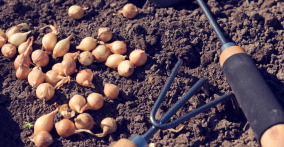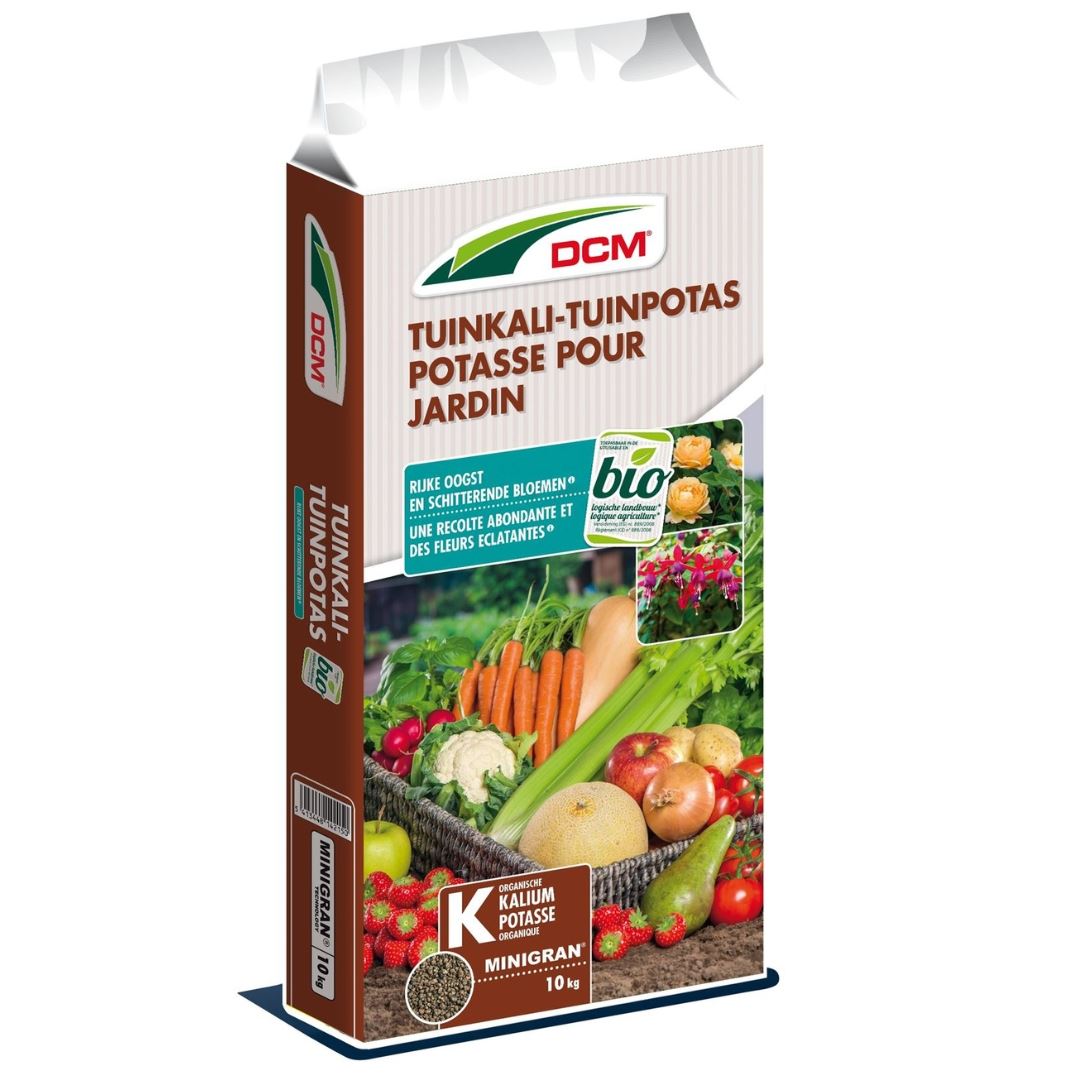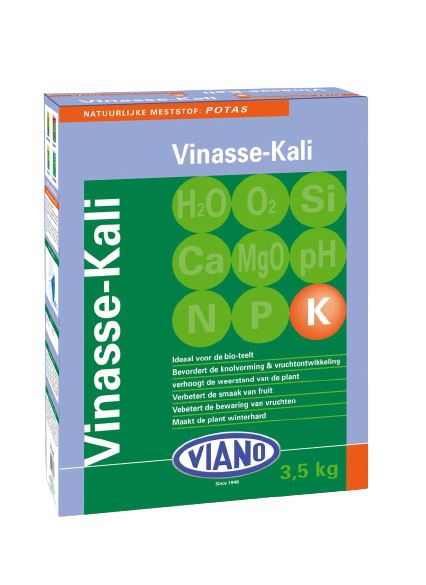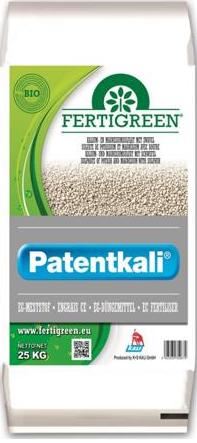
Winter onion in the autumn kitchen garden
Winter onions are best planted and not sown. Sowing is a labour-intensive and difficult procedure. The chance of disease is also much greater with the sown variety. We therefore always recommend buying seed potatoes rather than sowing them yourself. You do not have to do it for the price because the seed potatoes are not expensive.
🧅Do you want to sow yourself? Then you better follow these steps
- Sow the onions in spring
- Harvest the onions
- Plant them out the following year so they can grow into a full-fledged onion. In the meantime, you should keep the onions in a cool place so that they do not bolt.
When using onion sets, skip these steps.
🧅Seed potatoes, from when?
Seed potatoes are available from early September. It is best to plant out the onions between mid-September and mid-October. Are you late? No problem, you can still plant onions in your vegetable garden until mid-November. It may not yet be freezing when you plant them out.
The great advantage of winter onions is that you have an early and long, but above all, large yield. Moreover, the winter variety does not suffer from the leek moth.
🧅How to plant winter onions?
Find a vegetable garden where the soil is not too wet. Preferably in a sunny spot so that the onions get a bit warmer. Make sure there is a planting distance of 15 cm between the onions, and put them 2,5 to 5 cm deep into the ground. Leave ± 30 cm distance between the different plant rows. The first two weeks after planting out, you should water the onions twice a week (if it has not rained).
🧅Fertilising?
Be careful when fertilising as it can do more harm than good! Only fertilise with a potassium-rich and nitrogen-poor fertiliser (e.g. Vinasse potash or potash). This fertiliser ensures better tuber formation and resistance, but also benefits the storage life of the onions.
Certainly do not use nitrogen-rich manure such as compost or farmyard manure. These attract the carrot fly, which you would rather not see hanging around in your vegetable garden. If there is a lot of nitrogen in the soil (e.g. after using dried cow manure granules), this will result in a lot of leaves but little tuber formation. And that, of course, is not what we want!
You can also place insect netting over the onions so that hungry birds cannot reach them.
🧅Harvesting?
At the end of May, you can enjoy the first homegrown onions. And that is a few weeks earlier than the onions you plant in spring. You can harvest them even earlier, but then you use them as crunchy spring onions.
Want to read more about winter seedlings?👇
More info? Receive all our gardening tips directly in your mailbox!
We'll only email you handy facts, green advice and our best promotions & discounts. You'll receive it about once a week and you can unsubscribe at any time. No spam, promise 🤞














